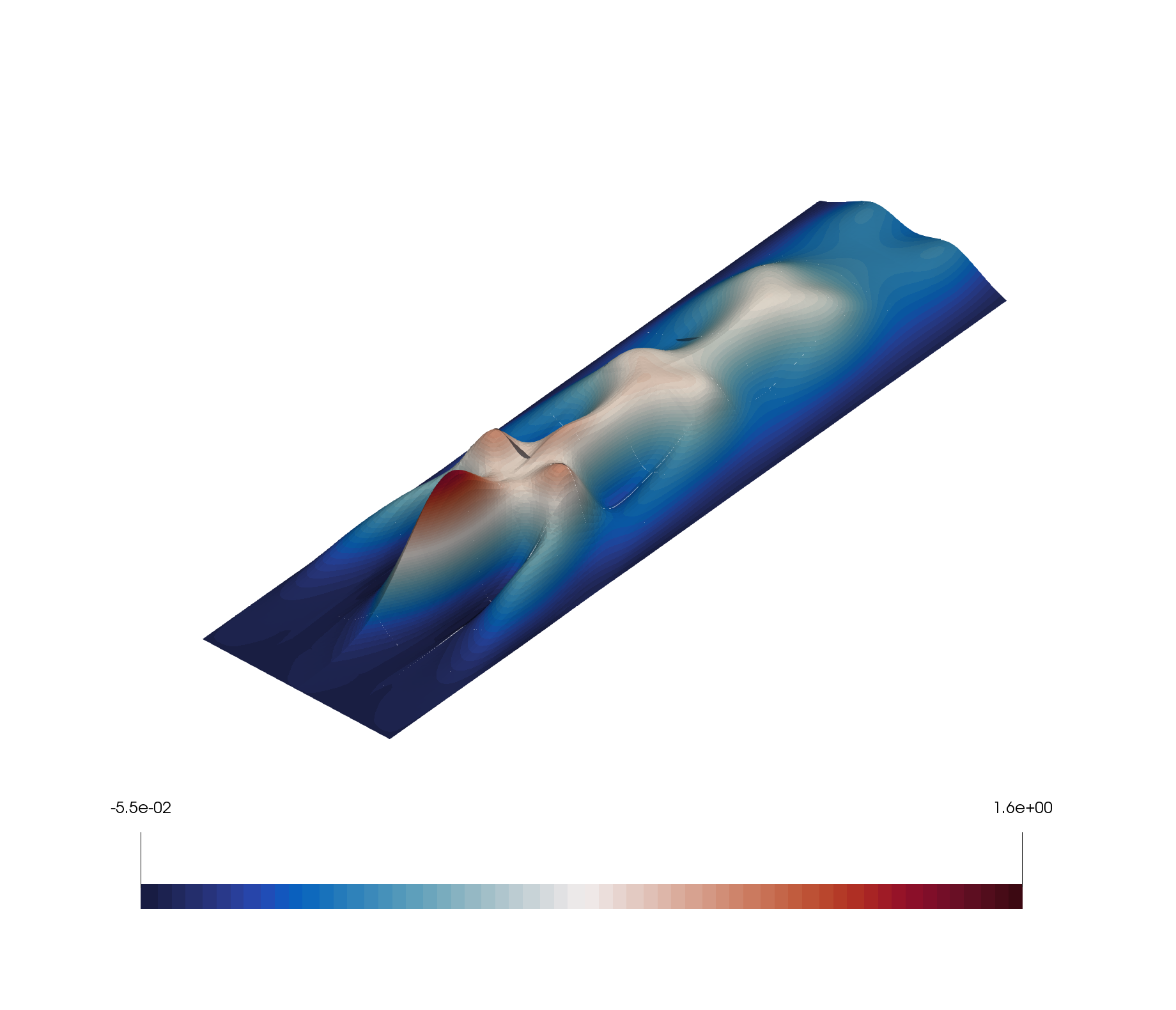

The entire visualization that you need to change the Representation type forĪll the of the isosurfaces to Wireframe !Ĭomparative View s were designed to handle such use-cases. Keep track of which view shows which isovalue. Setting each one up with a right isovalue for the contour to generate andĭisplay the result in one of the views. Then, create just as many Contour filters, To set up such a visualization, you’ll need to first create as many Study where you want to compare isosurfaces generated by a set of isovalues in aĭataset. Let’s take a look at a simple example: Let’s say you want to do a parameter Side to set up simultaneous visualizations. In its mostīasic form, you can indeed use ParaView’s ability to show multiple views side by Side-by-side visualizations for comparing with one another. Department of Energy’s National Nuclear Security Administration under contract DE-NA-0003525.Comparative visualization in ParaView refers to the ability to create Sandia National Laboratories is a multi-mission laboratory managed and operated by National Technology and Engineering Solutions of Sandia, LLC., a wholly owned subsidiary of Honeywell International, Inc., for the U.S.
Turn off the enable opacity mapping for surfaces. Click on and change the opacity transfer function Change this filter to be wireframe, solid color. Save this color map somewhere you can find it. An excellent source for scientific visualization color maps is the SciVizColor website, located here. This is also done on the Color Map Editor, Presets dialog. ParaView allows you to import custom color maps. You can mark cells or points that are outside of the normal range of the color map. Nan Color - this is the color ParaView will use to paint nans in your data. You can edit each color and opacity of the color map. The best color map to use is the default one. Although harder to understand (requiring an understanding of the layout of the rainbow colors), this one makes prettier pictures. Next, choose the Black-Body Radiation preset. This is an easier to understand color map than the rainbow one that all of us are use to. Notice what has happened to the colormap. To see this work, click -Z, and then roll the can down slightly to hide the can itself. Rescales based upon what is currently visible. Select the Rescale to Visible Range icon. This will read in all of your data, and set the min and max based upon all timesteps. Select the Rescale to Data Range over all timesteps icon. Set custom minimum and maximum values for the Color Legend. Select the Rescale to Custom Range icon. Select the Rescale to Data Range icon. Notice what has happened to the colors on the can. Select the Enable opacity mapping for surfaces check box. Select the Use log scaling when mapping data to colors check box. The Color Scale Editor is used to change the colormap. Rescale to visible data range (set Min and Max from visible objects this timestep). Rescale to custom data range (manually input Min and Max values. Rescale to data range (set Min and Max from this timestep). Move forward one time step using the Next Frame icon. If needed, open can.exo and read in all of the variables. Here is an example of a gradient background, with the color palette menu displayed.Ī famous example of surrounding colors changing a perceived brightness of an object is Edward Adelson's Checker Shadow illusion. You can also create custom color palettes. Options are default gray, black, white and gradient. Changing color palettes does much more than just changing the background - it also changes the font colors for other annotations. This is done with the Load a color palette icon. ParaView allows users to easily control the color palette. Example data files can be found on the ParaView web page at Color palette PARAVIEW CHANGE BACKGROUND COLOR FULL
A full list of features can be found in the ParaView Guide.ĭata is opened by going to File → Open.

This usecase presents a few of the more important new ParaView GUI features.






 0 kommentar(er)
0 kommentar(er)
